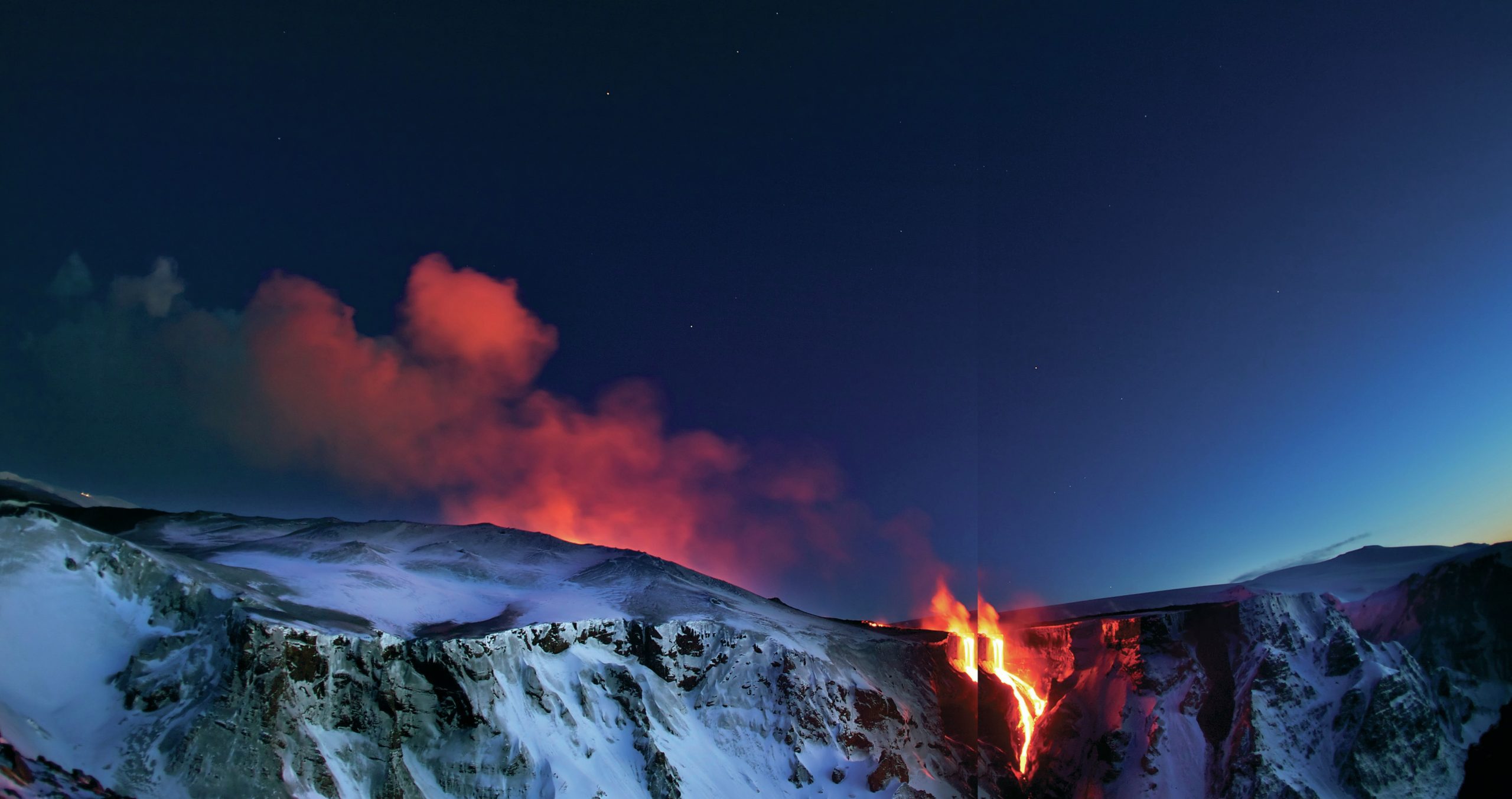
Iceland is a country of great geodiversity where fluvial, glacial and volcanic processes interact. It is one of the youngest landmasses in the world, straddling the mid-Atlantic ridge. More than 11,400 km2 of Iceland is covered in ice and there are over 30 active volcanoes.
It is the least populated country in Europe — around two thirds of its inhabitants live in the capital, Reykjavik. Much of the wider Icelandic landscape is inhospitable and hazardous. The photographs here from southern Iceland show landforms created by the interaction of the fluvial, glacial and volcanic systems. The dominance of these processes varies markedly in space and time.
Your organisation does not have access to this article.
Sign up today to give your students the edge they need to achieve their best grades with subject expertise
Subscribe




